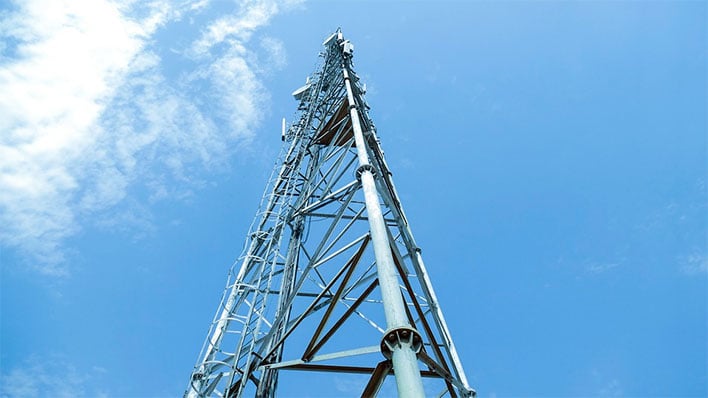If you've ever been through a town, you may have seen tiny cell towers for 5G on street light poles. They appear like tiny boxes, but they're actually broadcasting wireless signals from mobile providers to your phone.
The smaller ones are being replaced by larger built cell towers. Although they're not as visible but they can still cause problems for people.
The Federal Communications Commission's Radiation Exposure Thresholds
The FCC's Radiation Exposure Thresholds establish the safe limit at which an individual can be exposed to electromagnetic energy from wireless devices. The exposure limits are based upon scientific research that show that RF energy can cause harm to health.
The rate of absorption called the specific absorption rate (SAR) is an indicator of the amount of radiofrequency energy absorbed by tissue. It is typically 1.6 milliwatts per kilogram calculated over one Gram of tissue.
Since 5g is able to transmit at higher frequencies, it has the potential to increase the intensity of energy on the skin and other directly-exposed body parts. This can lead to a wide range of possible harms, such as an increase in appearance of skin disorders like dermatitis, skin cancer and cataracts.
Due to the potential for negative effects of 5G radiation, PSU has chosen to establish a general, localized limits on power density, which is 4mW/cm2 averaged over 1 cm2, and never exceeding 30 minutes for all 5G services running at 3000 GHz. This localized limit is in accordance with the highest SAR that is spatially averaged at 1.6 W/kg averaged over 1 grams of tissues at six GHz.
The FCC's Maximum Exposure Thresholds
In the event that you've used cell phone, then you've probably realized that the safest range from the tower should be at least 400 meters. This is because the power of transmission from a cell tower increases dramatically the further the tower is.
Although this may sound like an ideal idea but the truth is that people living in close proximity to towers may actually be more prone to health problems. For example, a study from 2014 in India found that residents who lived within 50m of cell towers experienced much more health problems than those who were away from the antennas.
safe distance from cell tower revealed that those who relocated into areas farther away from cell towers noticed their symptoms improve within a couple of days. Other studies have revealed that exposure to high levels of radiofrequency electromagnetic fields (EMFs) can lead to brain tumors, cancers, and other health problems.
This is because radiofrequency radiation, used in wireless communication, can penetrate the human body's exterior layer, called the skin. This is important to understand because the skin serves as a shield against injury to the body, infection by pathogenic microorganisms, and entry of toxic substances. Additionally, it is the biggest organ of the human body and is accountable for maintaining the integrity of other organs.
The FCC's Minimum Exposure Thresholds
The FCC's Minimum Exposure Thresholds rely on numerous assumptions that are not supported by scientific research. This includes the false belief that short-term exposures RF radiation are safe due to minimal radiation penetration in the human body (i.e., tissue heating).

This assumption does not take into account the greater penetration of ELF parts of the modulated RF signal as well as the effects of short bursts of heat generated by RF waves that are pulsed. https://pastebin.pl/view/d5c6b271 are not compatible with current understanding of the biological effects of RF radiation, and thus they shouldn't be considered for health protection exposure standards.
Furthermore to that, ICNIRP and FCC are limiting their maximum exposure limits to local peak SARs based on the maximum spatial specific absorption rate (psSAR) which is not a sufficient dosimetric tool to assess the amount of radiation exposure. Particularly, psSAR is inaccurate for frequencies above 6 GHz. Additionally, psSAR hasn't been evaluated for RF radiation that is exposed to other environmental agents such as sunlight. In the event of interactions, RF radiation with other agents in the environment could cause synergistic or antagonistic results. This would result in an increased risk of negative health effects. For example, co-exposure to RF radiation along with exposure to sunlight can cause an increase in the incidence of developing skin cancer, as well as aggravate other skin diseases such as acne.
